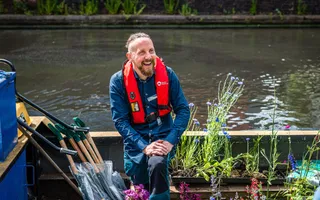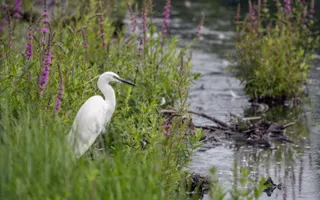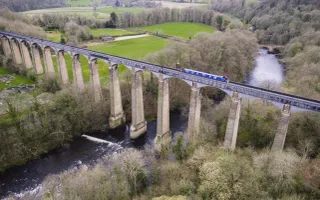Yellow flag facts
Scientific name: Iris pseudacorus
Family: Iridaceae
Origin: Native
Type: Perennial
Yellow flag and our canals
A tall waterside plant with bright yellow flowers, the yellow flag can form thick beds at the edges of rivers and canals, which are valuable habitats for wildlife. It spreads through underwater rhizomes, gradually growing into dense networks.
This perennial can be known as the ‘yellow flag’, ‘yellow iris’ or ‘water flag’, and is one of only two native irises in the UK – the other being the ‘stinking iris’ (Iris foetidissima)
Yellow flags are happiest in damp soil and wetlands. However, without management, they can become an invasive nuisance.








